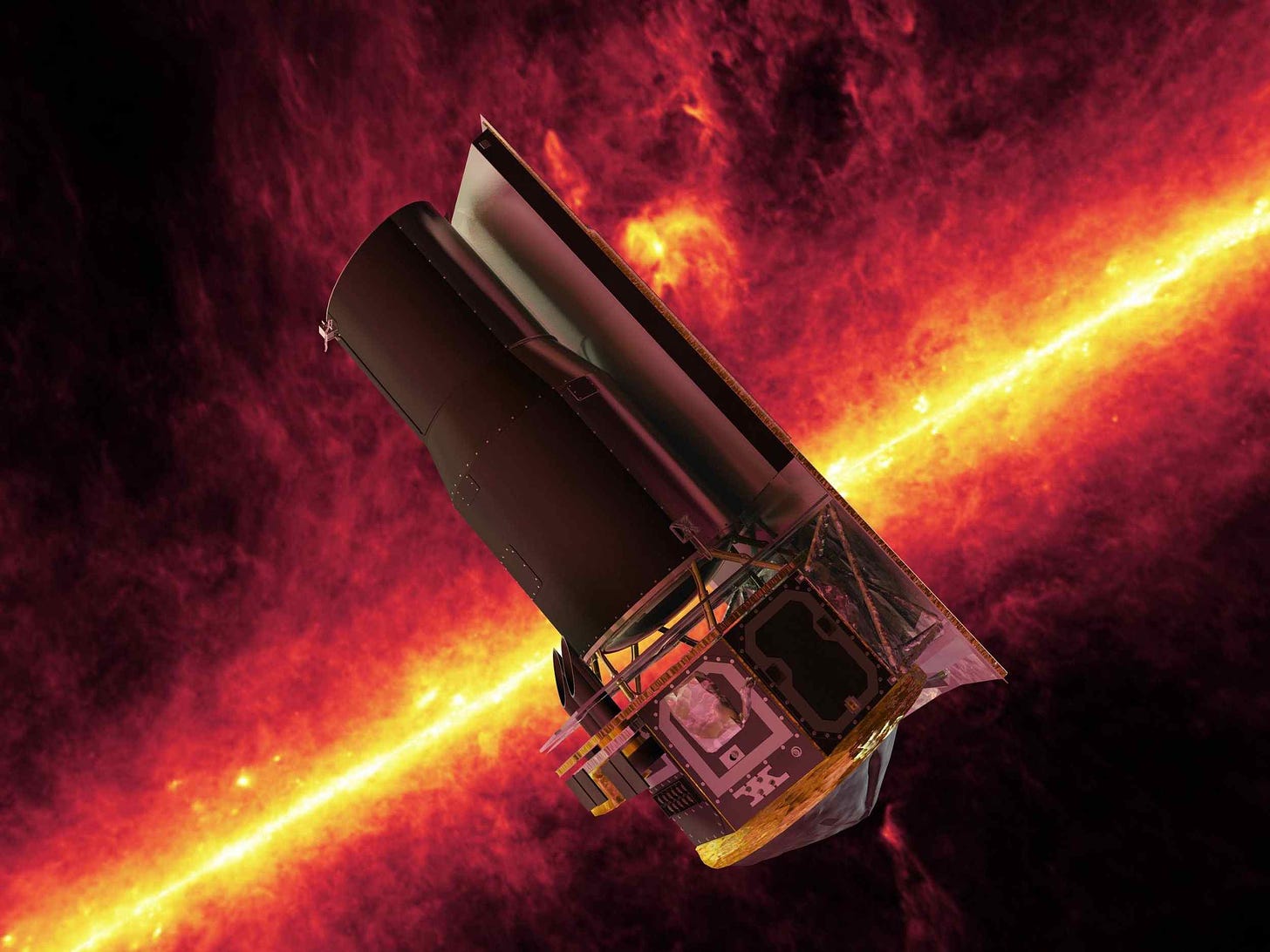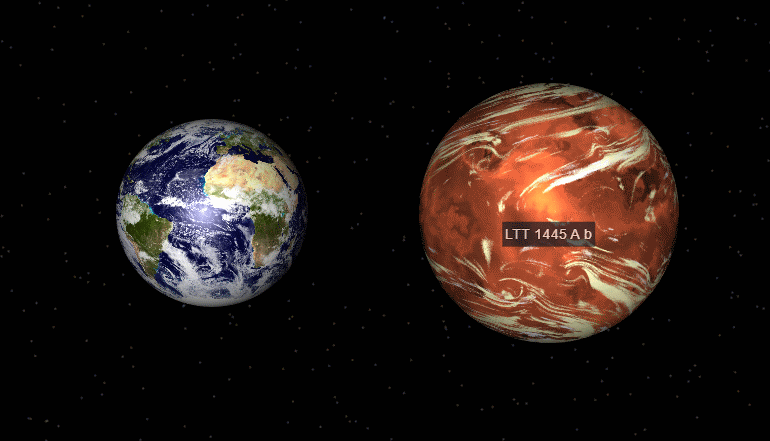Hello everyone:
This week in astronomy really had some atmosphere, as radio waves were used to explore storms on Jupiter, and astronomers looked for air around an exoplanet, not much larger than Earth, by studying its surface. Speaking of planets around other stars, we also found one orbiting in a system with three suns! Now THAT is a hot story!
Let’s take off!
The Week in Space
Spying Deep Inside the Storms of Jupiter - Using radio waves, astronomers using the Atacama Large Millimeter Array (ALMA) radio telescope network in Chile have peered beneath the clouds of Jupiter. These observations, combined with data collected in other wavelengths from the Hubble Space Telescope and other observatories, have revealed processes taking place beneath the familiar cloud tops of the largest planet in our Solar System.

The Great Red Spot of Jupiter seen in radio waves by the Very Large Array (VLA) (above), and in a visible light image from the Hubble Space Telescope (below). Screenshot from video by Yale University.
The research found convection currents lift ammonia up through the atmosphere, where it breaks through clouds of ammonia, and freezes. This process creates white plumes, which can be seen by astronomers on Earth.
Read more: http://bit.ly/Storms-of-Jupiter
Spitzer Spies Surface of Exoplanet for Signs of Atmosphere - Jupiter seems close to home compared to studies done searching for an atmosphere surrounding the exoplanet LHS 3844b, 48.5 light years from Earth. This alien world is just 30 percent larger than the Earth, and revolves around its sun once every 11 hours. Temperatures on that planet climb up to 770 degrees Celsius (1,410 Fahrenheit), hot enough to melt aluminum!

An artist’s concept of the Spitzer Space Telescope carrying out its mission. Image credit: NASA/JPL
Using the Spitzer Space Telescope, researchers measured temperatures on both the day and night sides of the planet. Atmospheres moderate heat on planets by carrying energy from the day side to the night side of planets through wind. Researchers found LHS 3844b has an extreme variation of temperatures on each side of the planet, suggesting this world is not likely to host an atmosphere.
Read more: http://bit.ly/Spitzer-LHS3844b
Exoplanet Found Orbiting Trio of Stars - Sitting just 22 light years from Earth, an exoplanet named LTT 1445 A b orbits in a system of three stars. The planet has a mass 2.2 times greater than our home world, but it is just 38 percent larger than the Earth. While it orbits its main parent star (with one-quarter the mass of the Sun) once every 11 days, two other stars circle the system.

A comparison of the size of LTT 1445 A b compared to Earth. Image created in the NASA Exoplanet Catalog.
This exoplanet is believed to be rocky, but it is uncertain whether or not this world possesses an atmosphere. The alien world with the catchy name was discovered by the Transiting Exoplanet Survey Satellite (TESS).
Read more: http://bit.ly/Exoplanet-Three-Suns

Coming soon: The First Woman on the Moon: The Past and Future History of Women in Space by James Maynard
Thanks for reading! If you want to keep up with the latest updates and news about astronomy and space exploration, visit www.thecosmiccompanion.com, join our Facebook page, and follow @TheCosmicCompanion on Instagram and @CompanionCosmic on Twitter.
Do you know someone else who would love this newsletter? Please share!
- James


